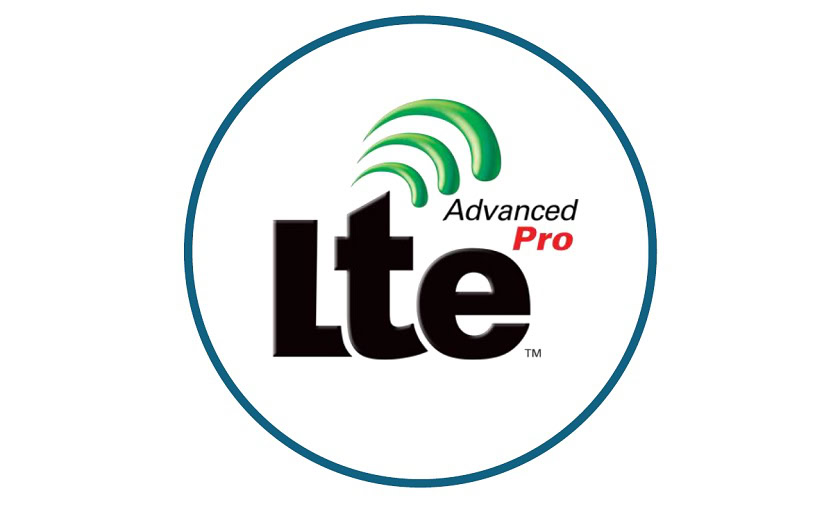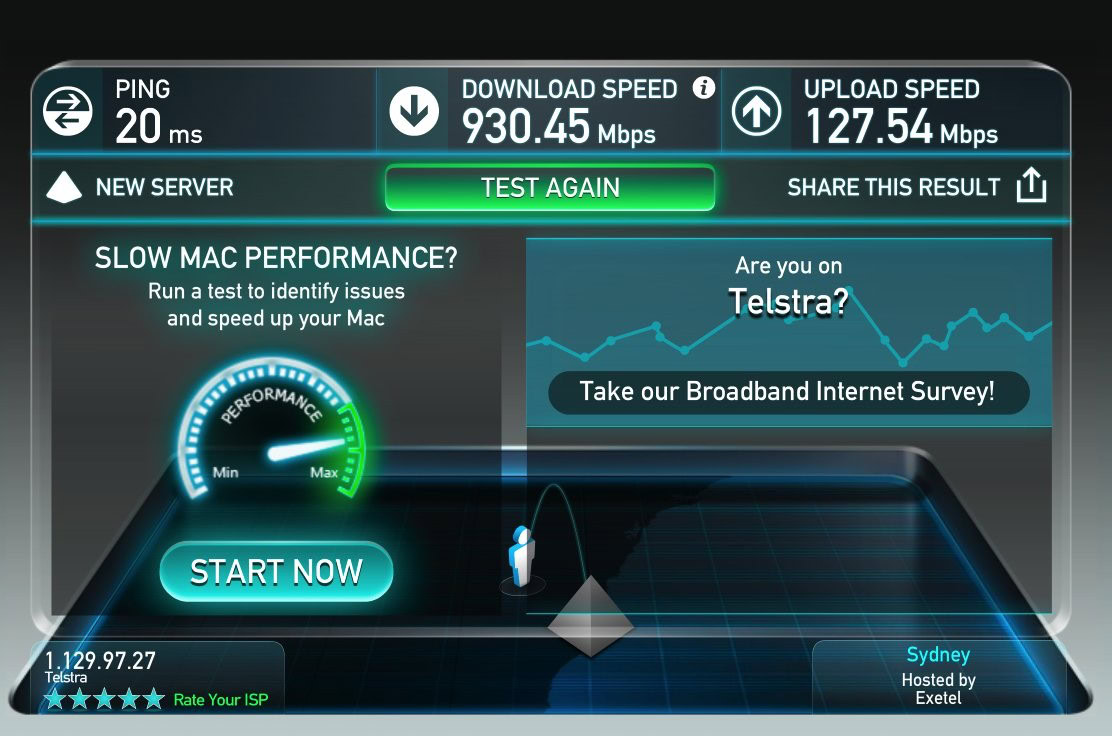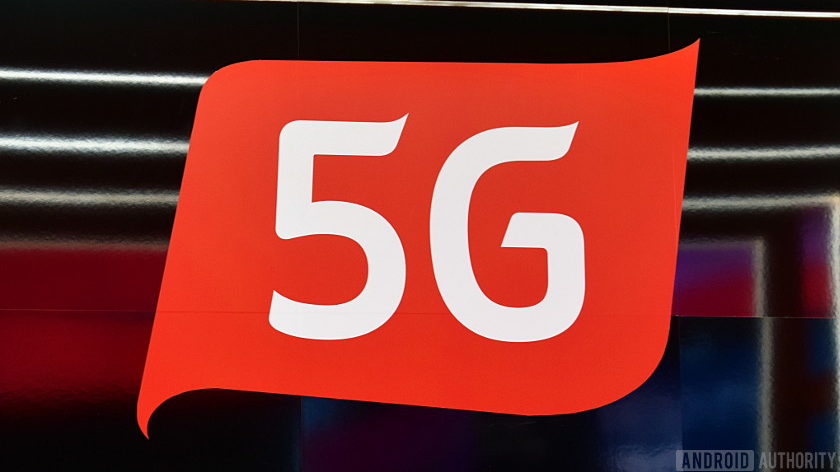Affiliate links on Android Authority may earn us a commission. Learn more.
Gigabit LTE: what does it mean for mobile?
Published onFebruary 9, 2017

Back at the end of January, Australia’s Telstra flicked on the world’s first commercial gigabit LTE network, offering up lightning fast data speeds to consumers in central Brisbane, Sydney, and Melbourne. That move offers a tantalizing first glimpse of what the world of 5G might be like.
At 1Gbps, Telstra’s network offers up speeds that are around fifty times faster than the average global LTE network. This obviously opens up a wide range of new possibilities for heavy data consuming customers and businesses, and offers a look at the type of experiences that consumers can hopefully expect around the world in the coming years. The rollout was accomplished thanks to a collaboration between Qualcomm, Telstra, NETGEAR, and Ericsson, but what does it mean for mobile?
How Gigabit LTE works
Before we talk a little more about what this all means for today’s and tomorrow’s mobile products, a little background about how a gigabit LTE network different from existing setups might be a wise idea.
As the name suggests, gigabit LTE is still based on the same LTE (4G) technology that we’re all quite familiar with by now. The incredibly high speeds achieved by Telstra and co. came about simply by taking many of today’s mobile transmission technologies to the next level. Using more antennas, more-sophisticated digital signal processing, and increasing the number of data streams (carrier aggregations) greatly boosts the available throughput.
But it’s Qualcomm’s X16 LTE modem that’s at the heart of the test devices receiving these high speeds, and the modem is the company’s first LTE Advanced Pro component that allows operators not only to combine 10 LTE data streams simultaneously (each with 100Mbps of peak throughput), but also networks/carriers available on unlicensed and WiFi spectrum. LTE Advanced Pro is sort of a stopgap between 4G and 5G, allowing for a wider range of sources to contribute to peak data speeds.


The chipset offers 4×4 MIMO (multiple input, multiple output) on two carriers, which is what allows a handset to connect to a larger number of data streams at once. By comparison, Qualcomm’s X12 LTE modem found inside the Snapdragon 820 and 821 offers 4×4 MIMO on only one carrier. You can find a comparison of Qualcomm’s modem hardware below.
In addition to simply increasing the number of data streams, gigabit LTE technology moves over from 64-QAM (quadrature amplitude modulation) to 256-QAM in the downlink. QAM is a clever phase and amplitude modulation technique that essentially tells us how many bits of data are sent within each package.
Moving from 64-QAM to 256-QAM increases the number of bits from six to eight, resulting in an immediate 33 percent boost to throughput. However, QAM has to be supported at both the transmission and receiver end to work correctly, and so requires a notable upgrade to transmission infrastructure, which is where Qualcomm’s partnerships have come into play.
| X16 modem | X12 modem | X10 modem | |
|---|---|---|---|
Downlink | X16 modem 4x 20MHz CA 256-QAM 4x4 MIMO, 2 carriers | X12 modem 3x 20MHz CA 256-QAM 4x4 MIMO, 1 carrier | X10 modem 3x 20MHz CA 64-QAM |
Uplink | X16 modem 2x 20MHz CA 64-QAM | X12 modem 2x 20MHz CA 64-QAM | X10 modem 1x 20MHz 16-QAM |
LTE Cellular | X16 modem LTE FDD LTE TDD LTE-U LAA LTE Broadcast | X12 modem LTE FDD LTE TDD LTE-U LWA LTE Broadcast | X10 modem LTE FDD LTE TDD LTE Broadcast |
SoC | X16 modem Snapdragon 835 | X12 modem Snapdragon 821/820 | X10 modem Snapdragon 810/808 |
Peak DL Speed | X16 modem 1000 Mbps | X12 modem 600 Mbps | X10 modem 450 Mbps |
Peak UL Speed | X16 modem 150 Mbps | X12 modem 150 Mbps | X10 modem 50 Mbps |
What this means for mobile
As you can see from the table above, Qualcomm’s latest X16 LTE modem and upcoming Snapdragon 835 SoC are required to fully benefit from gigabit LTE data speeds. This year’s upcoming flagships phones powered by Qualcomm’s Snapdragon 835 will feature the X16 modem and required technologies to make the most of gigabit data speeds, where available. Of course, this means splashing out the cash on new hardware that isn’t even going to be utilized yet in most places.
However, even last year’s Snapdragon 821 and 820 powered flagships are still able to make use of 256-QAM, MIMO, carrier aggregation techniques, and even unlicensed spectrum to boost speeds. In other words, a lot of consumers are already prepared for faster data; carriers just need to spend the money on the new infrastructure.
Phones powered by the Snapdragon 835 will feature the X16 modem and required technologies to make the most of gigabit LTE, but the 821 and 820 already support faster data speeds: carriers just don't have the infrastructure.
When these data speeds begin to arrive for a larger number of consumers, there will certainly be a lot more that we can do with our devices. Live 4K video streaming is an obvious enhancement (which was successfully demoed in Sydney), while 360-degree and virtual reality video streaming also become realistic prospects while on the go.
If you want numbers, a 300MB 4K video can be uploaded in just 30 seconds on this type of network, and a 32 minute 1080p video can be downloaded in its entirety in just 15 seconds with gigabit LTE. 60fps 1080p video calling also becomes a reality.

VR, the cloud and reliability
Virtual reality is tipped as the next big thing for mobile and faster LTE is critical to bringing this type of data-heavy content to mobile devices. As well as allowing for faster downloads without wires, the lower latency of gigabit LTE could allow for real-time VR content streaming and perhaps even the offloading of some processing into the cloud. Without a wired connection to high performance graphics hardware, this blazing fast LTE could be used to bring PC-quality VR experiences to mobile over the air.
One of the other interesting benefits of faster wireless networks is cloud storage that acts as a more meaningful extension of your device’s physical storage. If LTE speeds begin to rival flash memory read and write throughput, uploading your videos, pictures, and other documents online will become as convenient as saving them locally, making it easier than ever to share all of your documents quickly and seamlessly across devices. Of course, we’ll need to see a boost to upload speeds before this happens, and we might have to wait until 5G for that.
As well as consumer applications, the rollout of faster networks and these new technologies should also result in more reliable experiences. Additional capacity means that general browsing will be faster in heavily populated areas and connections should remain steady even during peak hours and mass gatherings.
The increasing use of carrier aggregation and MIMO technologies also means faster and more reliable speeds at the cell edge. So not only will data speeds in cities be faster, but LTE connections in more rural areas will be faster too. This may end up being particularly important for internet-of-things and automotive devices that won’t necessarily operate in heavily populated areas.

The road to 5G
We should be clear that gigabit LTE is not 5G, but it’s a stepping stone on the way to bringing 5G to the masses. Gigabit LTE and LTE Advanced Pro introduce a number of new key technologies into the LTE system that will stick around with the arrival of 5G, as well as building on current 4G networks.
Just like the move from 3G to 4G, we can expect a gradual deployment of new hardware on the road to 5G. Although these technologies are all still based on the core LTE technologies that we have become familiar with, which means that many existing 4G smartphones will still benefit from these increased speeds and capacity. We’re still a long way away from the arrival of 5G, but gigabit LTE data is already here and we will hopefully see a number of similar deployments appear over the next couple of years.